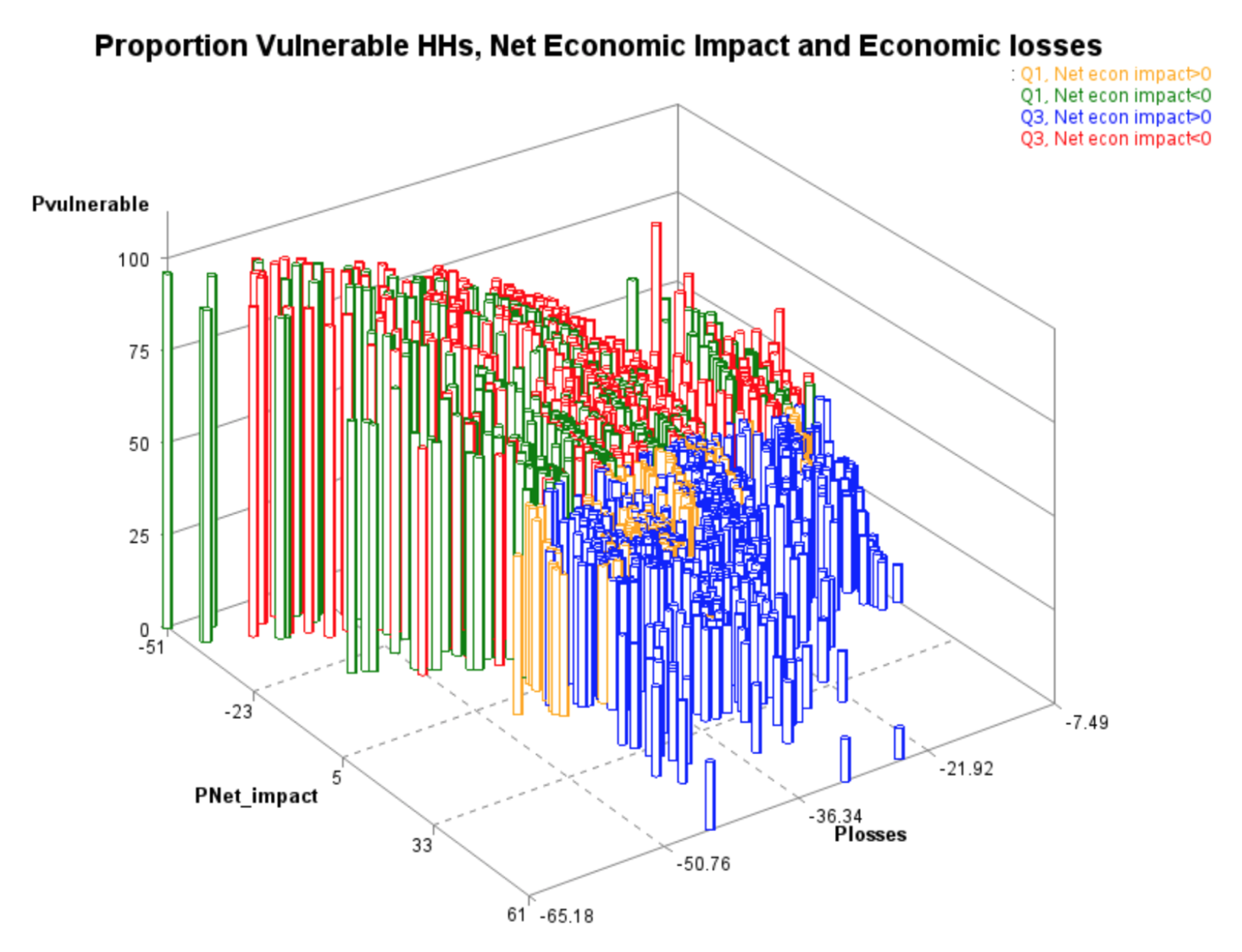Regional Economics
Main Contact for Initiative
John Antle
Brief Description of Activity
The AgMIP Regional Economics team is completing analysis and synthesis of the RRT work in SSA and SA, and exploring a possible special issue on economic analysis; collaborating with the JRC to develop a project on linkage of regional and global models; collaborating with IICA for a climate-related project in LA; extending 1.5C analyses; participating in NSF-China FEWS network project (FEWSTERN).
Overview of Participants
Includes RRT economists, European economists for JRC project; new potential collaborators with IICA in LA.

Current Research Focus
Linkage of regional and global models; development and use of RAPs.
Recent noteworthy finding
RRT analyses show wide range of climate change impacts, potential for adaptations to substantially reduce vulnerability.
Prior Updates
Coordination
John Antle, Oregon State University, USA (Leader)
Roberto Valdivia, Oregon State University, USA
Objectives
The Regional Economics Team’s goal is to establish a methodological and procedural foundation for the systematic comparison and improvement of regional land use, production and trade models used for analysis of climate change impact, as well as mitigation and adaptation in the agricultural sector.
The main objectives of the team are to:
1) Improve documentation, standardization and transparency of economic data and models.
2) Develop “Representative Agricultural Pathways” or RAPs matching the concentration pathways and socio-economic pathways being developed by the global integrated assessment communities.
3) Advance the methods and procedures used to link crop and economic models for analysis of climate change impact, mitigation and adaptation in the agricultural sector.
4) Design and implement regional analysis of climate change impact and adaptation using new methods for crop and economic model linkages, and carry out intercomparisons for a set of designated test regions where high-resolution bio-physical and economic data are available, including the regions that are the focus of the regional workshops discussed below.
5) Facilitate inter-comparison of global agricultural market models using AgMIP crop model simulations.
Achieving these objectives will involve participating in the AgMIP cross-cutting themes to build collaborations between climate scientists, crop modelers and economic modeling groups to improve methods and procedures that allow crop model simulations to be used as inputs into economic models. First, an important part of AgMIP’s work will be to facilitate the transdisciplinary development of agricultural scenarios referred to as Representative Agricultural Pathways (RAPs). Second, methods are needed to allow site/point analysis to be scaled up to agroecological zones (AEZs) or larger regions, and to statistically characterize uncertain yield distributions and the effects of temperature thresholds and crop failure in economic models.
A third important issue that arises in using crop model simulations is how to interpret crop model yields, e.g., as absolute or relative productivities. (Initially, AgMIP crop modelers are proposing to aggregate from site to regional yields as well as scaling to the absolute regional yields accounting for “yield gap” relationships, but these issues will be further addressed as AgMIP proceeds). A fourth important set of issues concerns the characterization of management data. Various issues arise here, including spatial and temporal aggregation of inputs; representation of human labor; pest management; measurement of capital stocks or capital service flows; and dynamic feedbacks from economic decision models to crop models, within and across seasons.
Another major AgMIP initiative involves coordinating and facilitating intercomparison of both regional and global agricultural market models being used for climate change impact and adaptation research. The AgMIP Leadership Team will work with major regional and global agricultural economic modeling teams to implement a suite of model runs utilizing the AgMIP crop model simulations and RAPs. Regional models will be intercompared for a selected set of regions where high-resolution biophysical and economic data are available. For these regions, it will be possible to compare alternative methods for coupling biophysical and economic models, and it will also be possible to then cross-validate global models with regional models in those regions.
